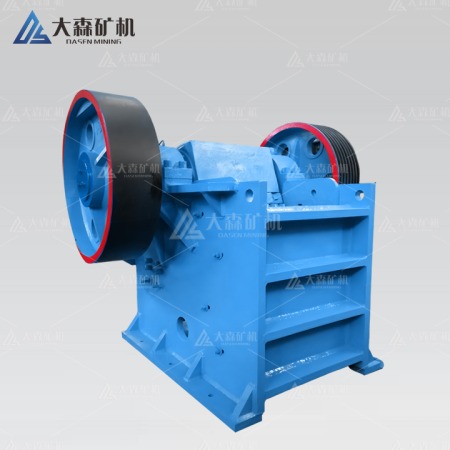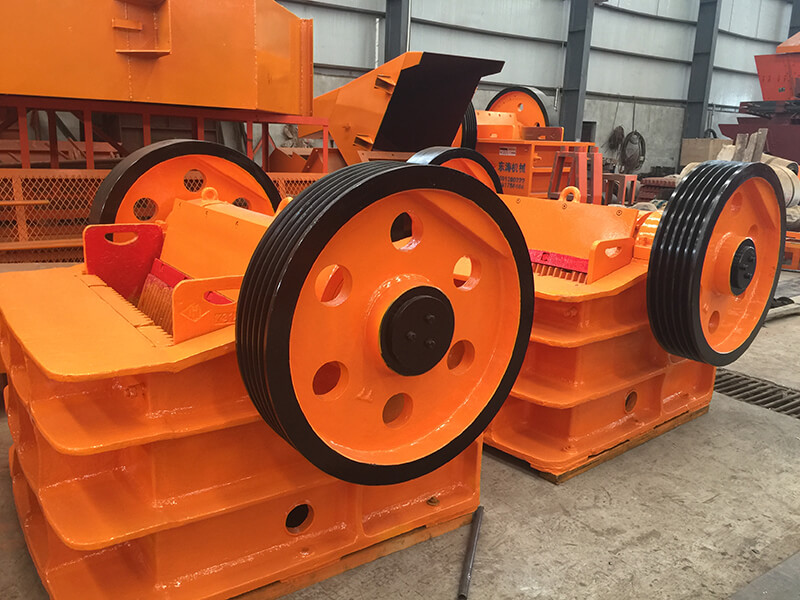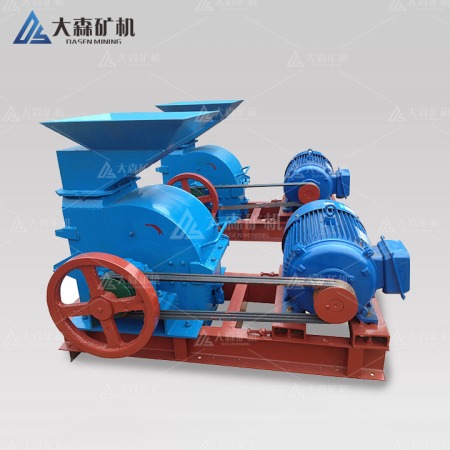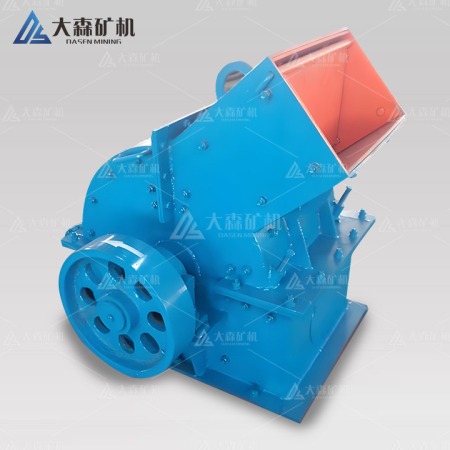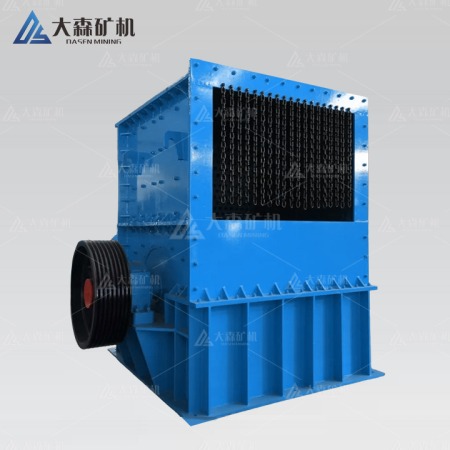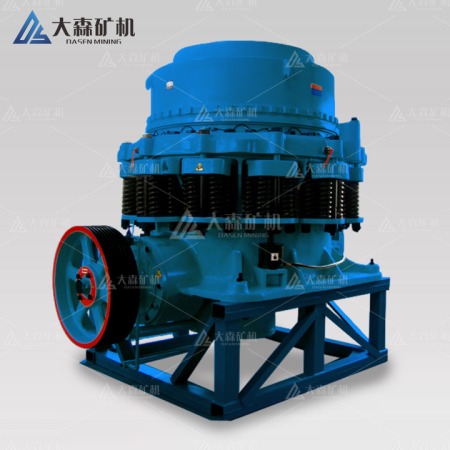Description
Product Name: jaw crusher, jaw rock crusher
Feed size: 125-1020cm
Production capacity: 10-800 (T / h)
Power: 37-710kw
Classification: single swing jaw crusher, compound swing jaw crusher
Performance features: it has the characteristics of a large crushing ratio, low use and maintenance cost, low power consumption, reliable performance, and so on.
Applicable materials: suitable for crushing hard materials (compressive strength < 300mpa), limestone, gold ore, and more than 200 minerals.
Structure: composed of static jaw plate, movable jaw plate, frame, upper and lower guard plates, adjusting seat, movable jaw pull rod, etc.
Jaw crushers are widely used in mining, metallurgy, chemical, construction, and other industries for processing materials such as quartz, bluestone, river pebbles, cobbles, limestone, and iron ore. Renowned for their cost-effectiveness and high efficiency, jaw crushers are a popular choice for concentrators and gravel plants.
Working Principle
A jaw crusher operates by compressing and crushing material between two jaws. The motor-driven eccentric shaft causes the movable jaw to oscillate towards and away from the stationary jaw. As material enters the crushing chamber, it undergoes multiple cycles of compression, shearing, and grinding, gradually reducing in size until it meets the desired particle size and is discharged.
Advantages
Jaw crushers feature a V-shaped crushing chamber, enhancing feeding capacity and output. Smaller jaw crusher models also offer advantages over other crusher types. The machine’s new flywheel design minimizes vibration, ensuring smooth operation. Moreover, the use of high-quality steel plate welding prevents casting defects and extends the crusher’s lifespan.
Characteristics:
- Low noise and dust emission: Minimizes environmental impact.
- High crushing ratio and uniform particle size output: Ensures consistent product quality.
- Cost-effective and reliable operation: Reduces operational expenses and downtime.
- Safe and easy maintenance: Simplifies upkeep and part replacement.
- Large crushing cavity and no dead zones: Maximizes feeding capacity and throughput.
- Significant energy savings: Reduces overall energy consumption.
- Adjustable discharge port: Accommodates various user requirements.
Jaw Crusher Classification
Jaw crushers can be categorized based on the movement of the movable jaw plate and the size of their feeding opening.
By Jaw Movement:
- Simple Swing Jaw Crushers: Also known as simple pendulum jaw crushers.
- Complex Swing Jaw Crushers: Include three subtypes: complex swing and comprehensive swing jaw crushers.
By Feeding Opening Size:
- Large: Feeding opening width exceeds 600mm.
- Medium: Feeding opening width ranges from 300mm to 600mm.
- Small: Feeding opening width is less than 300mm.
Working Principle: Despite variations in structure, jaw crushers share a fundamental operating principle. The movable jaw plate oscillates back and forth around a suspension shaft, periodically approaching and receding from the fixed jaw plate. This cyclic motion, combined with compressive, splitting, and bending forces, crushes the material between the two jaws. As the movable jaw retreats, crushed material is discharged through the outlet.
Jaw crushers are recognized for their robust construction, ease of manufacturing, reliable performance, and low maintenance requirements.
| Model | Feeding open size(mm) | Max feeding size(mm) | Discharging size(mm) | Capacity(t/h) | Motor(kw) | Weight(t) |
| PE150*250 | 150*250 | 125 | 10-40 | 1-3 | 5.5 | 1.1 |
| PE250*400 | 250*400 | 210 | 20-60 | 3-13 | 15 | 3 |
| PE400*600 | 400*600 | 340 | 40-100 | 15-40 | 30 | 6 |
| PE500*750 | 500*750 | 425 | 50-100 | 20-70 | 55 | 11 |
| PE600*900 | 600*900 | 520 | 65-130 | 50-150 | 75 | 18 |
| PEX150*750 | 150*750 | 120 | 10-40 | 8-35 | 15 | 3.35 |
| PEX250*1000 | 250*1000 | 210 | 25-60 | 10-40 | 30-37 | 6.5 |
We can provide you with more information about Gold Ore Plant Solution. If you have any questions, please contact:
Whatsapp:+86 133 1927 7356
Email:[email protected]

